Exploring the World of Popcorn
Popcorn, a unique variety of yellow corn, stands out among its counterparts due to its distinctive popping characteristics. Unlike other forms of yellow corn, which are often used for livestock feed or processed products, popcorn kernels possess a tough outer shell known as the pericarp. This hard exterior is crucial during the popping process, as it allows the kernel to build up steam until it explodes, resulting in the fluffy, white treat that many cherish. The ideal moisture content within the kernel, typically around 13-14%, plays a pivotal role in achieving the perfect pop.
Different types of popcorn exist, each with its own attributes and ideal uses. For instance, butterfly popcorn is known for its irregular shape and light texture, making it a popular choice for movie theaters and snack mixes. Conversely, mushroom popcorn is more compact and round, preferred for caramel corn and flavored varieties due to its sturdiness. When preparing popcorn, experimentation with various cooking methods such as air popping, stovetop cooking, or microwave techniques can yield delicious results.
Nutritionally, popcorn offers a low-calorie, high-fiber snacking option that can contribute positively to a balanced diet. Serving as a whole grain, it contains essential nutrients like vitamins B and E, magnesium, and antioxidants. When opting for plain, air-popped popcorn without excessive additives, it can be a great choice for health-conscious individuals. In contrast, popcorn drenched in butter or covered in sugary toppings can lead to increased calorie intake, diminishing its health benefits. By considering ingredients and portion sizes, one can enjoy this delightful snack without guilt.
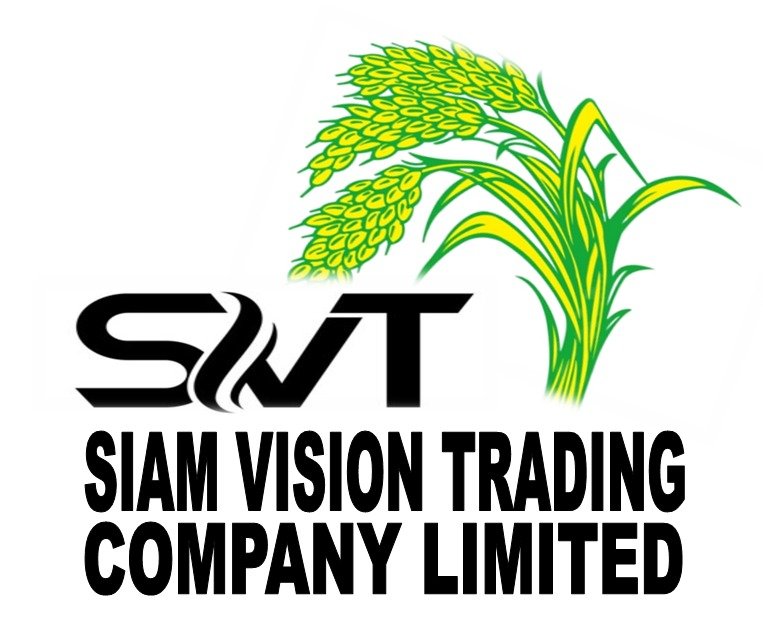
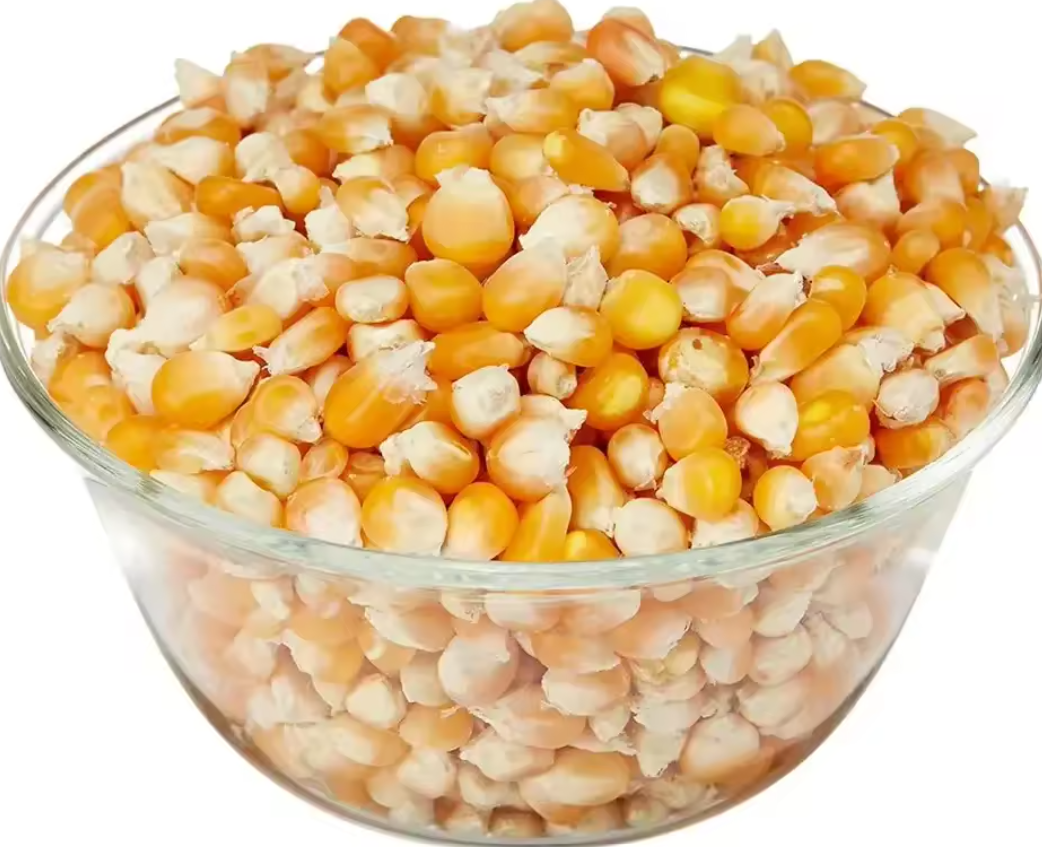
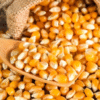
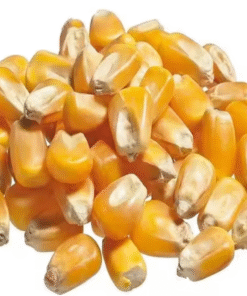
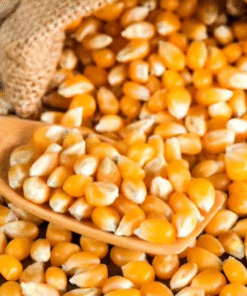
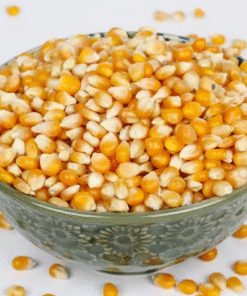

Reviews
There are no reviews yet.